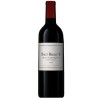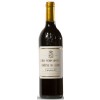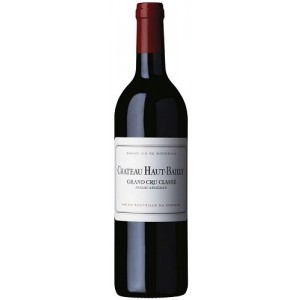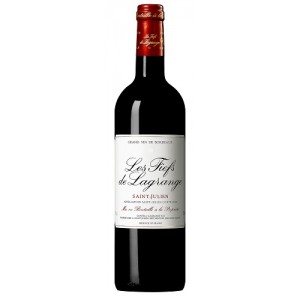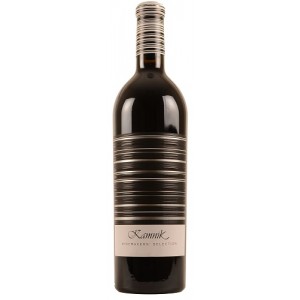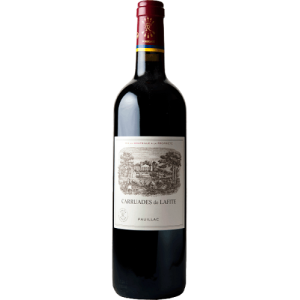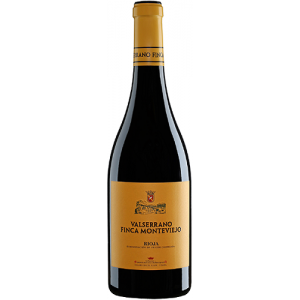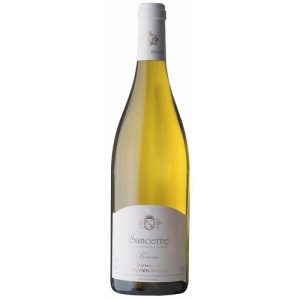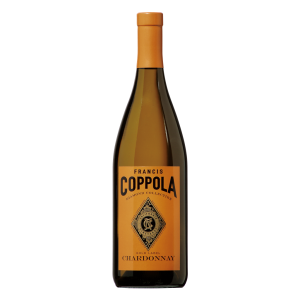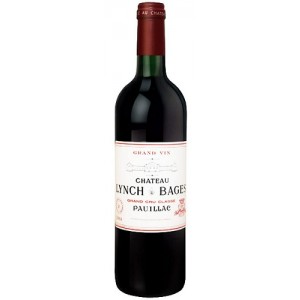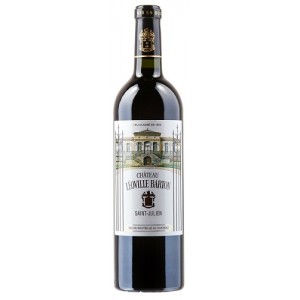Haut Bailly 2018
€ 159,00
Decanter: 98; James Suckling: 97-98; Wine Advocate: 96-98
Op voorraad
Haut-Bailly
- Decanter – Jane Anson (98)
This is a serious 2018, structured, layered and full of Haut-Bailly signature. The texture is striking, with the silkiness emphasised by a pH of 3.87 and a relatively high alcohol that is effortlessly integrated into the body of the wine. The complexity builds slowly through the palate but the persisting feeling is of menthol, a lifting off and peeling back of the intensity, revealing the fresher more nuanced notes underneath. There’s a lot of the 2015 character here, in terms of its enjoyable structure and generous fruit, but it’s more like 2016 in its serious finish, and there’s no question that this will age well.
The IPT is 86, more than the 84 measured in the 2010, but you don’t feel it in the same way here. 5% Cabernet Franc completes the blend, co-fermented with Petit Verdot because they like the balance that it gives. 21hl/ha yield. Drinking Window 2027 – 2042
- James Suckling – (97 – 98)
Incredible depth of fruit to this with a center palate that shows superb character and texture. I love the hazelnut and coffee-bean undertones to the beautiful fruit, which shows great finesse. Full-bodied yet compact and tight, giving a sense of agility and flight to the wine. Extremely tight and polished tannins.
- · Wine Advocate – Lisa Perrotti-Brown (96 – 98)
The 2018 Haut-Bailly is blended of 55% Cabernet Sauvignon, 35% Merlot, 5% Petit Verdot and 5% Cabernet Franc. Grapes were harvested September 17 to October 9, and the wine has 14.4% alcohol. Deep purple-black in color, it opens slowly with profound notions of Black Forest cake, crème de cassis, roasted nuts and black olives, unfurling to reveal notions of menthol, crushed rocks, molten licorice and chargrilled meat plus a hint of lilacs. Full-bodied, rich and densely laden with layer upon layer of vibrant black fruits and mineral nuances, it has a solid backbone of firm, velvety tannins and seamless freshness, finishing very long with compelling restraint and exciting energy.
Château Haut-Bailly is among the ranks of great estates with lamentably small yields in 2018. “We averaged around 21 hectoliters per hectare,” Véronique Sanders informed me. “It was a heavy price to pay for our no-toxic-chemicals philosophy, but we stuck to it.” Apart from mildew struggles, Haut-Bailly’s vineyard also suffered from coulure (poor flowering/fruit set) of the Merlot. And, thirdly, they lost 10% to 15% of potential volume due to the dry spell and ensuing concentration of very small berries it yielded. Their sister estate, Le Pape, furthermore got whacked with hail on May 26, making the crop there about half of average.
Now for the good news: quality is sky high! “The Cabernet Sauvignon crops were of a very high standard,” Véronique smiled at last. “We struggled to find some to put into the second wine. The Merlot looked like the Cabernet—very small berries this year.” Also noteworthy is the quantity and quality of the tannins this year. “These are the biggest tannins we have ever had—even bigger than 2010!” Véronique exclaimed. Meanwhile, acids are lower than 2010 or 2016, but not to the detriment of balance in my view.
One other piece of noteworthy news from this estate: the second label has had a name change. It will no longer be called “La Parde de Haut-Bailly”—from 2018 it will be known as “Haut-Bailly II.”
| Huis | |
|---|---|
| Specifiek | |
| Kleur | |
| Land | |
| Streek | |
| Substreek | |
| Classification | |
| Oogstjaar | |
| Druivenrassen | |
| Inhoud |
Gerelateerde producten
Povardarie
Rioja Alavesa
Eigen Import
2018

